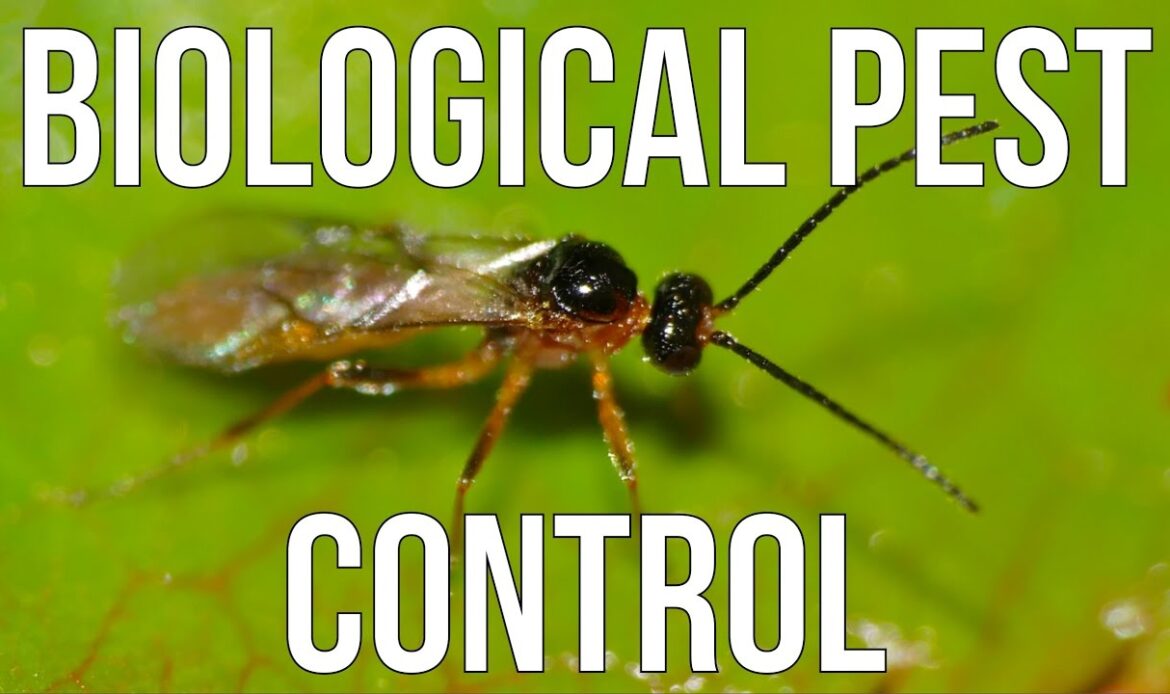In the quest for effective pest management, traditional chemical methods have often been the go-to solution. However, there’s a growing interest in biological pest control, a method that utilizes natural predators, parasites, or pathogens to manage pest populations. This eco-friendly approach not only reduces reliance on chemical pesticides but also promotes a balanced ecosystem.Wikipedia
What is Biological Pest Control?
Biological pest control involves the use of living organisms to suppress pest populations, making them less damaging than they would otherwise be. These natural enemies can be classified into three main categories:
- Predators: Organisms that consume a large number of prey during their lifetime. Examples include ladybugs feeding on aphids and birds preying on insects.
- Parasitoids: Insects whose larvae develop within or on a single host organism, ultimately killing it. A common example is certain wasps laying eggs inside caterpillars.
- Pathogens: Microorganisms such as bacteria, fungi, or viruses that cause diseases in pests. For instance, the bacterium Bacillus thuringiensis (Bt) is used to control caterpillar infestations.Wikipedia
Advantages of Biological Pest Control
- Environmental Safety: Reduces the need for chemical pesticides, minimizing environmental contamination and protecting non-target species.
- Sustainability: Establishes long-term pest control as natural enemy populations can sustain themselves once introduced.
- Target Specificity: Natural enemies are often specific to particular pests, reducing the risk of harming beneficial insects.
Implementing Biological Pest Control
Successful implementation requires a thorough understanding of the ecosystem and the relationships between pests and their natural enemies:
- Conservation: Preserving existing natural enemy populations by providing suitable habitats and avoiding harmful pesticide use.Wikipedia
- Augmentation: Releasing additional natural enemies to bolster existing populations, especially when pest numbers are high.
- Classical Biological Control: Introducing natural enemies from a pest’s native range to control invasive species.
Challenges and Considerations
While biological pest control offers numerous benefits, it also presents challenges:Wikipedia
- Establishment: Introduced species may struggle to establish themselves in a new environment.
- Non-Target Effects: There’s a risk that introduced natural enemies could affect non-target species.
- Time Frame: Biological control methods may take longer to reduce pest populations compared to chemical treatments.
Conclusion
Biological pest control represents a promising avenue for sustainable pest management. By leveraging nature’s own mechanisms, we can achieve effective pest suppression while preserving environmental integrity. As our understanding of ecological interactions deepens, the efficacy and reliability of biological control methods are likely to improve, offering a viable alternative to chemical pesticides.
For more insights into sustainable pest management practices, visit Bug Eyes Pest Control.



